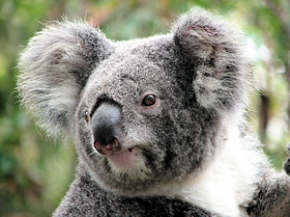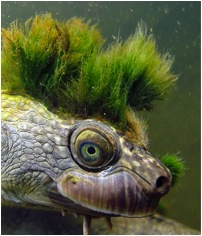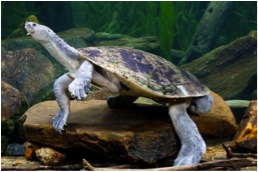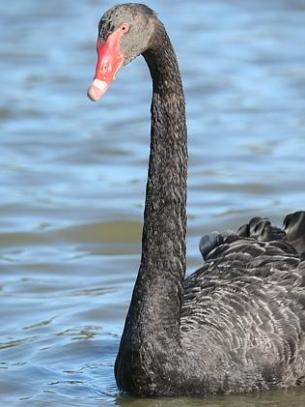If you heard the word turtles, what would be the first thing that would come into our 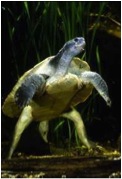 heads? Maybe that book you’d recall from your childhood written by Dr. Seuss (Yertle the Turtle) that made you giggle and laugh, or maybe the quadruplets we had learned to know as Raphael, Donatello, Michaelangelo, and Leonardo (Ninja Turtles), or maybe back to the classics of Disney to little Squirt from Finding Nemo, that had won our hearts in an instant. They are EVERYWHERE! In entertainment media, the referencing of turtles is usually depicted as a creature in strife; but in reality, they’re actually disappearing.
heads? Maybe that book you’d recall from your childhood written by Dr. Seuss (Yertle the Turtle) that made you giggle and laugh, or maybe the quadruplets we had learned to know as Raphael, Donatello, Michaelangelo, and Leonardo (Ninja Turtles), or maybe back to the classics of Disney to little Squirt from Finding Nemo, that had won our hearts in an instant. They are EVERYWHERE! In entertainment media, the referencing of turtles is usually depicted as a creature in strife; but in reality, they’re actually disappearing.
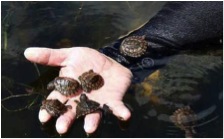 You can ask yourself, have you ever heard of “Mary River Turtles”? Just in case you haven’t (which is more often the case), they are endangered short-necked turtles that in Australia were pretty popular as pets between the years 1964 to 1974, and were actually described as ‘a new species within a new genus’ with no other turtles closely related to it… but that was before, and now… they’re practically gone.
You can ask yourself, have you ever heard of “Mary River Turtles”? Just in case you haven’t (which is more often the case), they are endangered short-necked turtles that in Australia were pretty popular as pets between the years 1964 to 1974, and were actually described as ‘a new species within a new genus’ with no other turtles closely related to it… but that was before, and now… they’re practically gone.
Not only are the turtles practically extinct from what had happened during the 60’s to 70’s but even if there were about a thousand more eggs of these stunning creatures, what’s to say that they’d even live long enough to hatch, given the fact that the young of these turtles can only be born in freshwater environments that are deemed “fresh” by the parent turtle’s preference – which is very often choosy. Adult turtles as soon as they give birth leave their eggs to hatch on beaches with only sand as their protection from foxes, raccoons, and other wild creatures in the forest setting that both eat the eggs, step on them, or even make a habitat for their young to seek nourishment from. It’s the hard truth and a lot of the pressure comes from people themselves who are just making it worse for these turtles, not only do the hatchling fight of animals but also human made problems; pollution along the river banks and building of dams to name a few catastrophic occurrences coming from human activities.
To date, the government have compensated for a couple of state-initiated projects that involve the Mary River – the central habitat of these turtles – one being the Traveston Crossing Dam, which was supposed to be a project that would provide water to a part of Queensland that received a record-low amount of rain. However, this dam wasn’t popularly seen as a benefit to society as it affected a significant part of the Mary River that had a big effect of naturally displacing a lot of biotic factors in that environment – especially these turtles. Other than the local townspeople of 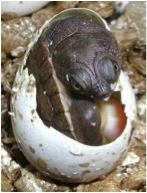 Queensland striking against the effect of this government project that would likely affect the wildlife inhabiting the Mary River, the ethnic group known as the Gubbi Gubbi Aboriginal people were considered to be affected as well as they were offered a cash incentive amounting to more than $1.0M as a form of trade-off to the area which they occupy – they out rightly refused this as a form of a solid opposition against this act of cultural and ecological loss.
Queensland striking against the effect of this government project that would likely affect the wildlife inhabiting the Mary River, the ethnic group known as the Gubbi Gubbi Aboriginal people were considered to be affected as well as they were offered a cash incentive amounting to more than $1.0M as a form of trade-off to the area which they occupy – they out rightly refused this as a form of a solid opposition against this act of cultural and ecological loss.
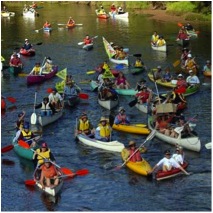 As of right now anyone from around the world can help in raising awareness for these marvelous creatures and donate money to help stop people from destroying this species. From Marilyn Connell and the members of Tiaro Landcare Group that are trying their best to keep this race going and had implemented a project in helping not only these turtles but other wild-life too, and even you can help, one small act of picking up garbage and throwing it in the right place is a big step in changing the world. You won’t have to do it for anyone else – you can do it for yourself.
As of right now anyone from around the world can help in raising awareness for these marvelous creatures and donate money to help stop people from destroying this species. From Marilyn Connell and the members of Tiaro Landcare Group that are trying their best to keep this race going and had implemented a project in helping not only these turtles but other wild-life too, and even you can help, one small act of picking up garbage and throwing it in the right place is a big step in changing the world. You won’t have to do it for anyone else – you can do it for yourself.
Sources:
https://rainforestconnections.org/projects/MaryRiverTurtle
http://www.wildlife.org.au/news/2014/maryriverturtle.html
http://australianmuseum.net.au/Uploads/Images/8234/mary_river_adult_medium.jpg
http://media2.apnonline.com.au/img/media/images/2010/05/28/GGT_29-05-2010_EGN_07_Releasing%20Mary%20River%20Turtles%2016%20March%2007_1__fct500x308_t460.jpg



